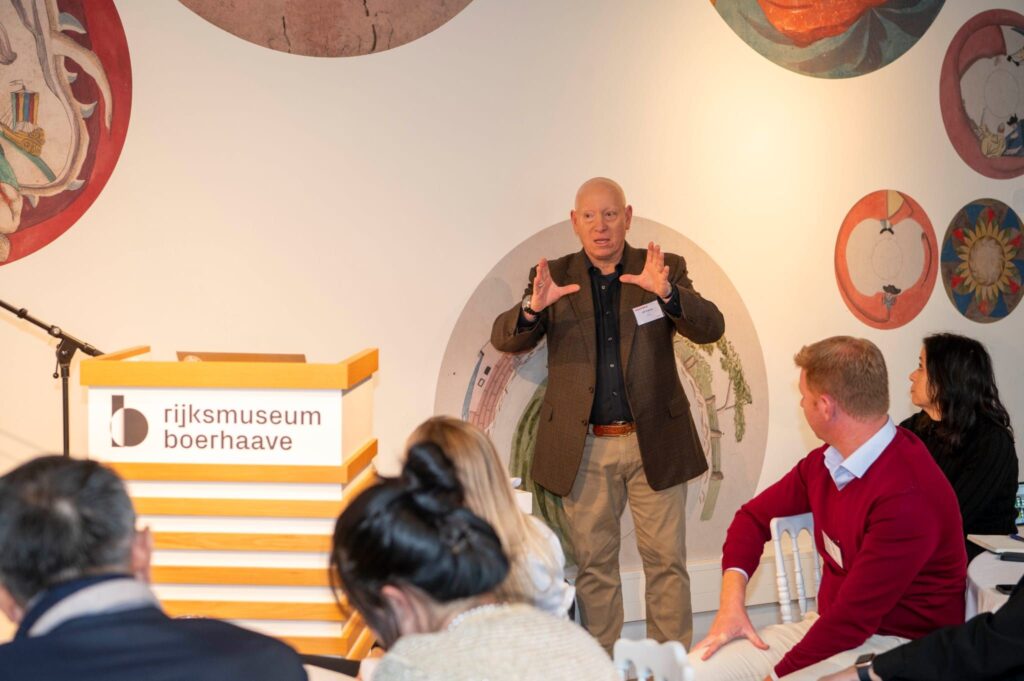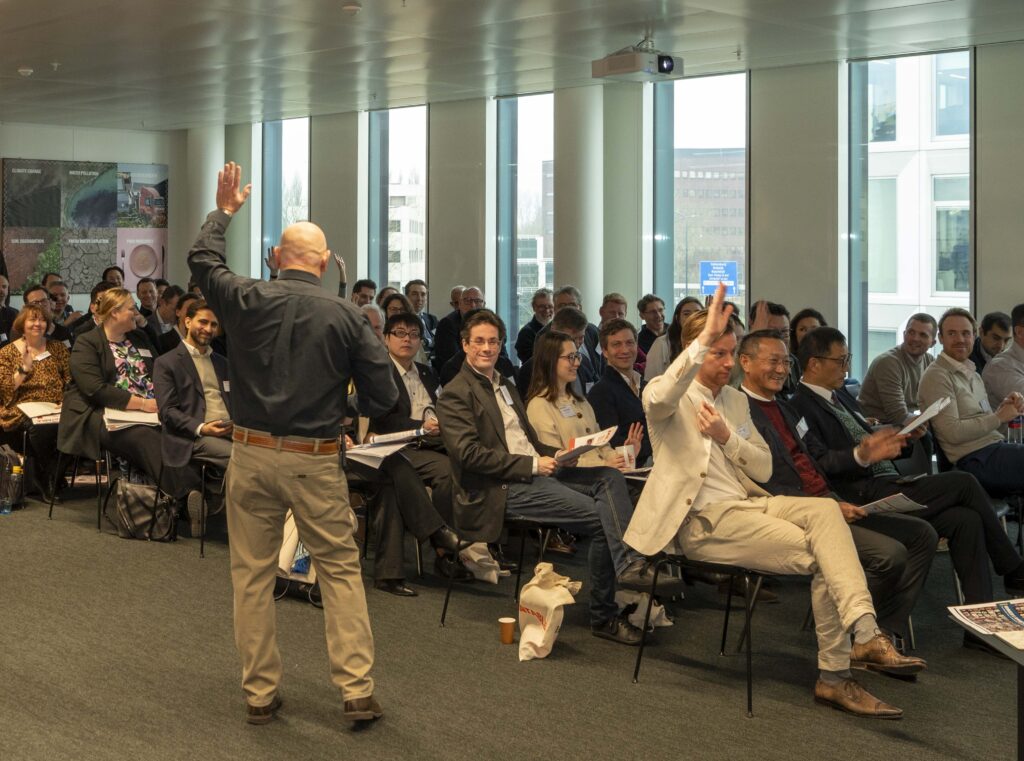Meatable CEO: Uniting Innovation with Tradition is the Way Forward for Sustainable Meat Production
4 Mins Read
Jeff Tripician is the CEO of Meatable, a Dutch food tech startup working on cultivated pork. A former meat industry exec, he argues that a collaborative approach is the only recipe for success.
As global demand for meat rises, one thing is clear: the only sustainable path forward is collaboration – between the meat industry, farmers, ranchers, and all those who have long secured our protein supply.
By combining existing knowledge and infrastructure with new technology, cultivated and conventional meat can work together to make sustainable protein widely available at scale. Cultivated meat isn’t here to replace the industry – it’s here to complement it. Rather than competing, innovation and tradition must join forces to drive the industry forward, benefiting ranchers, businesses, and the environment alike.
This was the focus of Meatable’s recent global summit, where over 80 industry leaders, meat executives, investors, and policymakers gathered to discuss how cultivated and conventional meat can collaborate to really make a difference.
The problem
The problem is undeniable: our current food production system is unsustainable. It harms the climate and depletes vital resources like water and land, and is subject to supply disruptions due to livestock disease, weather conditions and global conflict. If we continue down this path, we won’t be able to feed our growing population without devastating the planet. It’s time to change course and give the Earth a break.
Farmers, ranchers, and the meat industry face immense pressure to meet the surging global demand for protein with finite land, water, and resources – all while minimising their environmental footprint. By 2050, global protein demand is projected to rise by a staggering 70%, relating to two billion more people needing 2 trillion meals per year, putting even more strain on an industry that is already pushing the limits of efficiency and scale. Therefore, it is becoming increasingly clear that relying solely on conventional methods is neither practical nor sustainable.
As the Rt Hon Chris Skidmore, former UK Minister of Energy, stated during the event: “Every human being deserves the right to better nutrition, and to protein-rich meals, just as everyone should have the ability to access energy, electricity, or the internet. These are the global goals that sustainability has to deliver: not to ration, nor to restrict the choices and lifestyles of those who have been denied choice or freedom for too long.”
The solution

Instead of competing in a zero-sum game, the meat industry has an opportunity to evolve by embracing cultivated meat as part of the solution. By incorporating this technology we can alleviate the burden on farmers and ranchers to continuously increase production under volatile market conditions. Rather than forcing a binary choice between traditional and cultivated meat, cultivated meat will be able to provide additional supply, so the industry can use both to build a more resilient and adaptable food system.
At the same time, cultivated meat’s reduced environmental footprint offers a path toward a more sustainable future. By requiring significantly less land and water while generating fewer emissions, it minimises deforestation, preserves natural ecosystems, and reduces pollution from livestock waste.
With the right approach, the industry can strike a balance between meeting growing consumer demand and protecting the planet for future generations. The future of meat production isn’t about replacement – it’s about integration.
The way forward

There is growing interest to do so. As an example, a representative from the New Mexico Partnership (US) outlined during the event that the state of New Mexico, an agricultural hub, is actively exploring opportunities in food innovation, including cultivated meat, and promoting the state as a business hub in this regard.
And we don’t need to reinvent the wheel. The meat industry is built on centuries of expertise, finely tuned supply chains, and an extensive infrastructure that already feeds billions. This foundation provides an enormous advantage – one that cultivated meat is set to integrate with rather than replace. By working together, we can scale up high-quality, sustainable protein production without starting from scratch, ensuring a more efficient and practical path forward.
My charge? Give future generations a chance, and give consumers a choice. Innovation has always shaped the food industry, and the market will naturally adapt, as it always does. If we strike the right balance, ranchers will not only survive but thrive, the industry will expand rather than contract, and consumers will enjoy more choices than ever before. This is what the future of meat should look like – one driven by innovation and collaboration, not restriction and competition.
By supporting local farmers and ranchers, continuing the responsible production of conventional meat, and integrating high-quality, great-tasting cultivated meat as a complementary innovation, we can create a more resilient and sustainable future. The path forward isn’t about division or trade-offs – it’s about working together to feed a growing world while protecting the planet.
This is not a battle between old and new. It’s an opportunity to evolve, using the best of what we already have to build something even better. The only way forward is together.
Want to discuss further? I’m always ready to pull up a chair. Contact me on LinkedIn.



